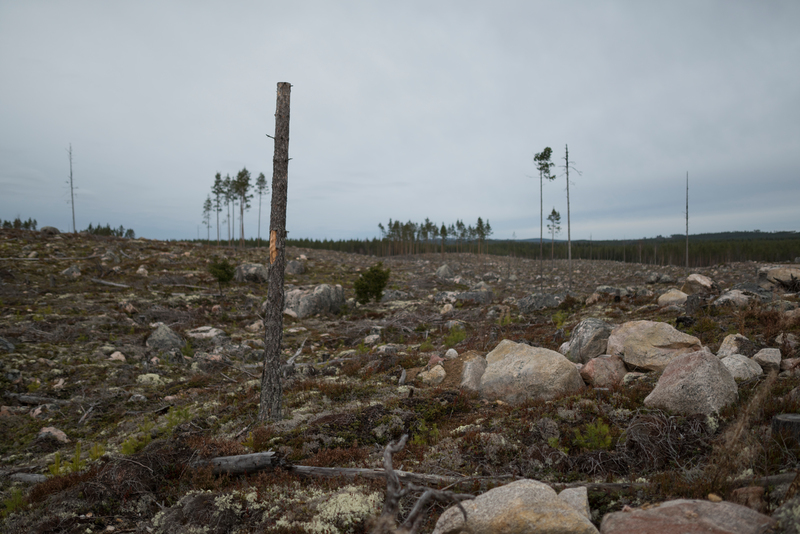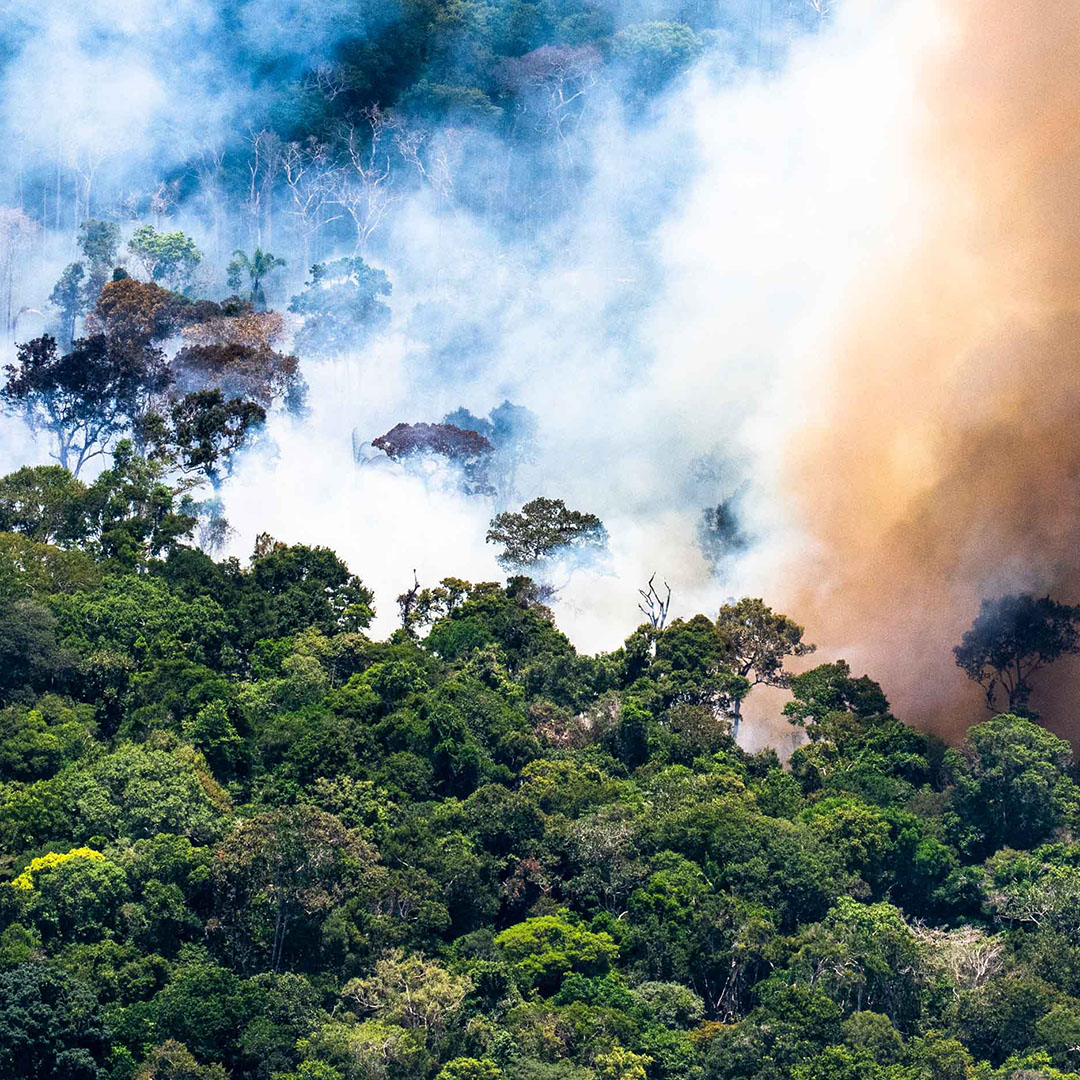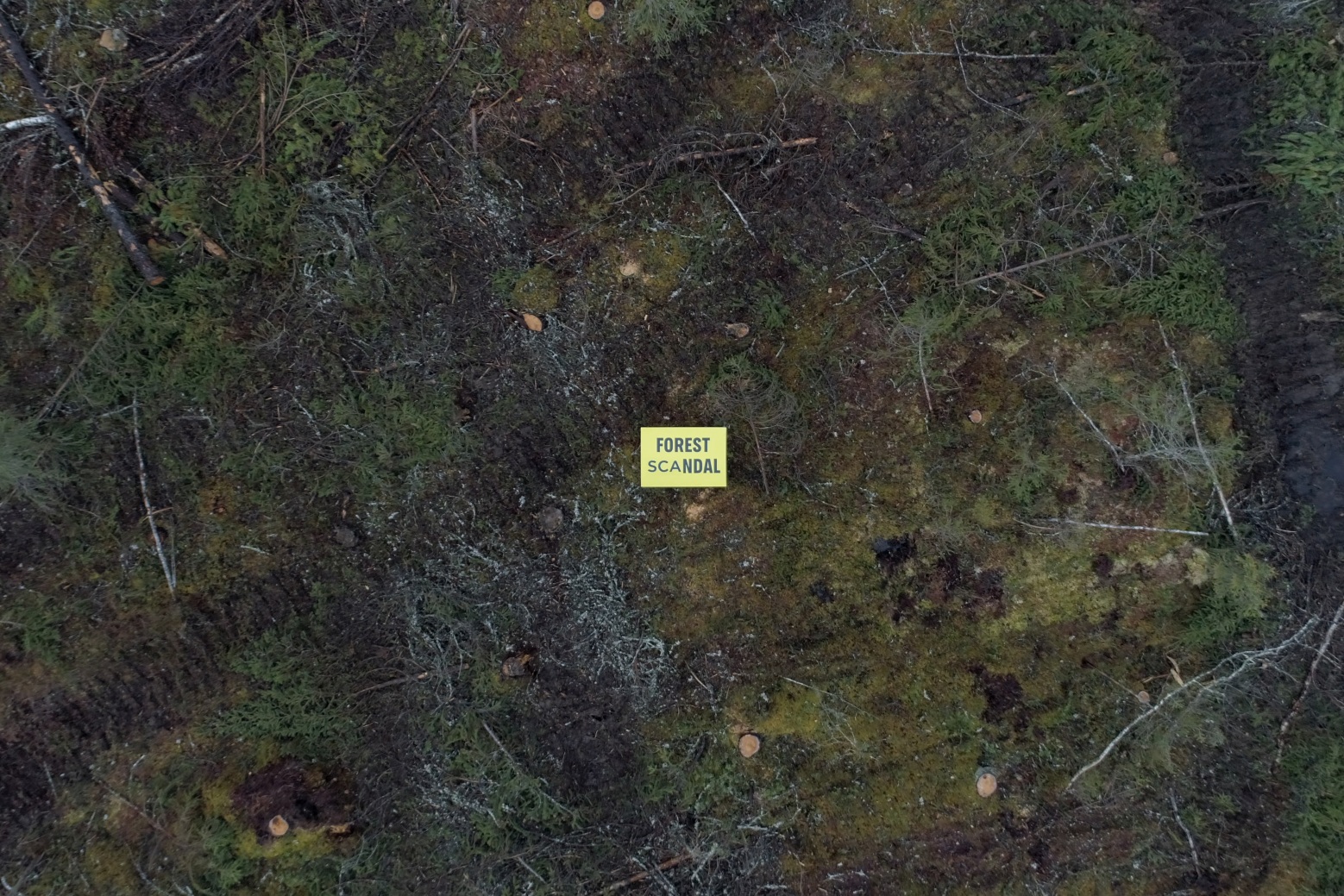While world leaders talk about taking action during Stockholm +50, 34200 football pitches of forests are disappearing, one every other second.

The Stockholm +50 conference marks the 50 year anniversary of the first UN environmental conference held in Stockholm 50 years ago. Now, as then, Stockholm stands host. The background paper to the leadership dialogues for the conference states: “Key habitats and ecosystems, such as forests and grasslands, continue to be consumed or damaged at very high rates for natural resource extraction.” and “The extent of current trends in biodiversity loss and ecosystem degradation requires urgent action and a shift to understanding human impacts and dependencies, and the risks associated with the decline in the flow of nature’s benefits to people and economies.”
That it was Sweden hosting the first conference and the anniversary might seem natural. After all, Sweden carries itself with poise when it comes to environmental issues. The meeting opened yesterday with Swedish Prime Minister Magdalena Andersson saying “it’s time to walk the talk” and that falls into a line of Swedish PM:s saying great things. Anderssons predecessor Stefan Löfvén said, back in 2014 when presenting his newly elected government that “the times of excuses and failures are way past due”.
Ecosystems all over the world are on the brink of collapse and Sweden is no exception. Since the 1950:s logging intensity in Sweden has doubled despite a growing list of forest dwelling red-listed species whose decline in numbers is tied directly to the intense forestry. The forest industry has been allowed to continue clear cutting at an alarming rate. Only 10-15% of natural forests are left in Sweden. Despite this, the government calls Sweden’s forestry sustainable, sometimes even the most sustainable forestry in the world, and goes to great lengths to undermine EU-legislation that would impose stricter sustainability demands on forestry.

During the last years the Swedish government opposed and/or watered down numerous EU-legislations and initiatives that had the ambition to improve forestry:
- In the taxonomy negotiations, the Swedish government wanted to rid the taxonomy of improvement in forestry, quote: “Improved forest management” should be replaced by “existing forest management”., – very much in line with the Forest Industries organization viewpoints. Sweden also argued that, quote: “The proposal does not fully respect member states’ competence in forest-related issues. “
- In the proposed EU forest strategy, the Swedish government has argued to let the member states do as they please, quote: “The government deems it necessary for member states to themselves choose management and harvesting methods”(our translation). The Swedish government further argued that the increased carbon sinks would affect Sweden unproportionately and that the scientific support around carbon sinks is “unclear” in relation to lowered fossil emissions.
- The same logic can be seen in the Swedish government response to the proposed LULUCF-commitment that would see the EU commit to store more carbon in vegetation, something that is necessary for the EU to reach its climate goals. The Swedish government called the higher ambitions “unreasonable” and further said that “other EU countries could hide behind our efforts”.
- Domestically, a few recent court rulings, amongst them EU wide rulings, has given the Board of Forest administration new guidance meaning that forest owners need to be more considerate of protected species if/when felling. The Swedish government then communicated that they will change the species protection act after critique from the forest industries.
- In the ongoing negotiations on an anti-deforestation law on the EU-level, the Swedish government wants to leave out definitions of forest degradation and sustainable harvesting operations, claiming that they “decrease the economic viability of the forest sector”.
Climate change poses a threat to biodiversity, which in turn is crucial to our ability to counteract and adapt to climate change. Living forests are also vital for many people’s culture and livelihood, not least for reindeer husbandry in Sápmi. Sequestering carbon in healthy ecosystems, such as forests, is one of our best and readily available means of combating an increase in climate-changing greenhouse gases in our atmosphere.
To safeguard our ecosystems and our future, Sweden must:
- Protect at least 30% of our forests
- Ban clear-cutting
- Respect indigenous rights
- And support strong EU legislation to stop deforestation and forest degradation not only here in Sweden but worldwide
We should expect more from the last 50-years and we demand more for the coming years. As the window for action keeps shrinking, 50 more years of business as usual won’t cut it.
Markus Mattisson, communications officer with Greenpeace,
on site at the Stockholm +50 conference


